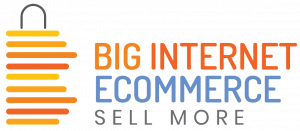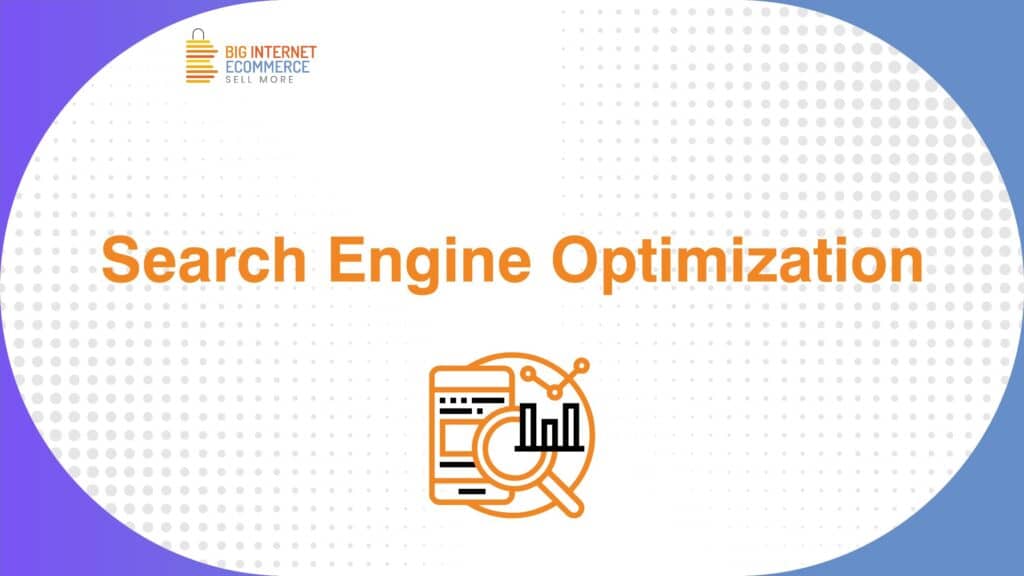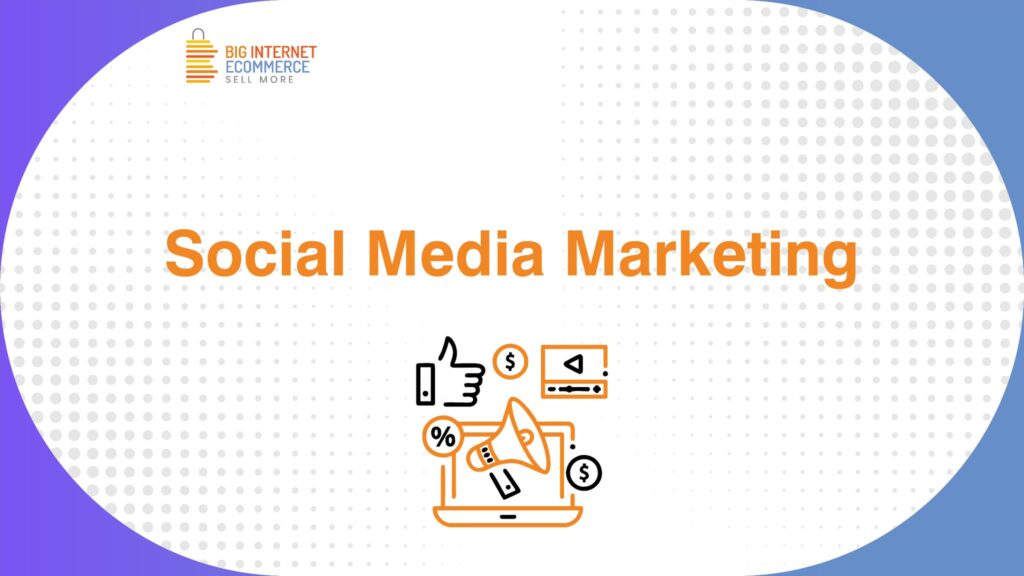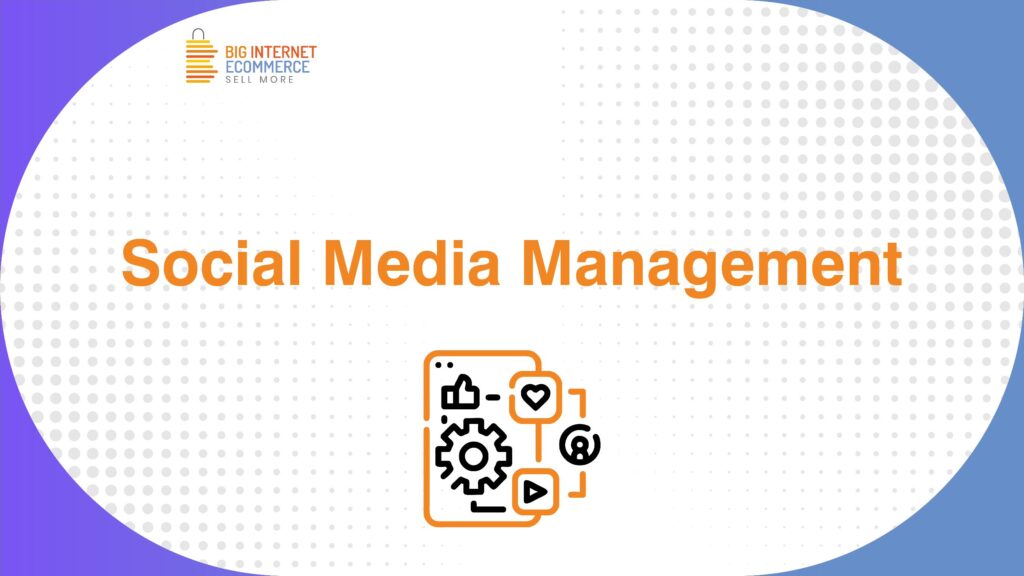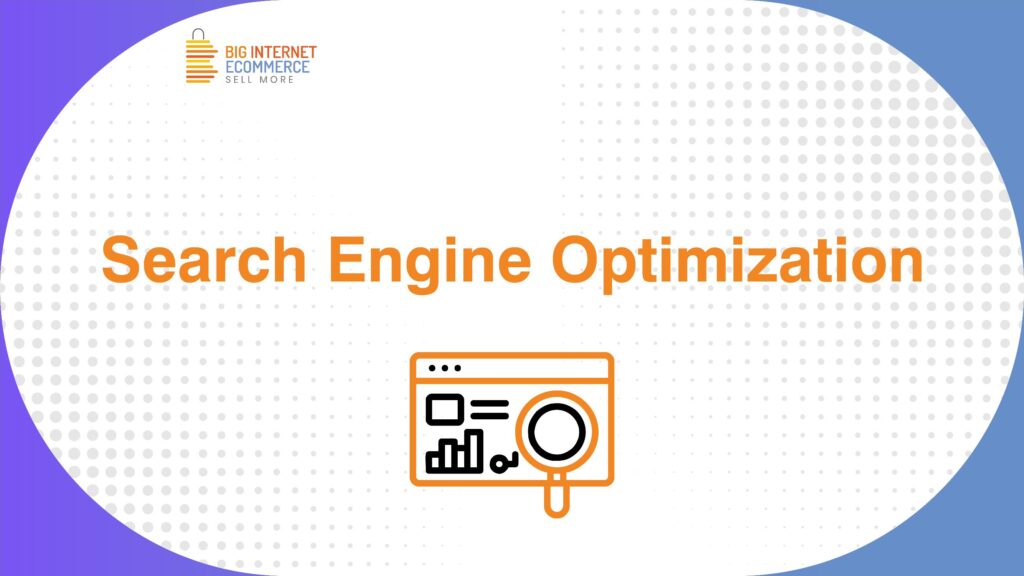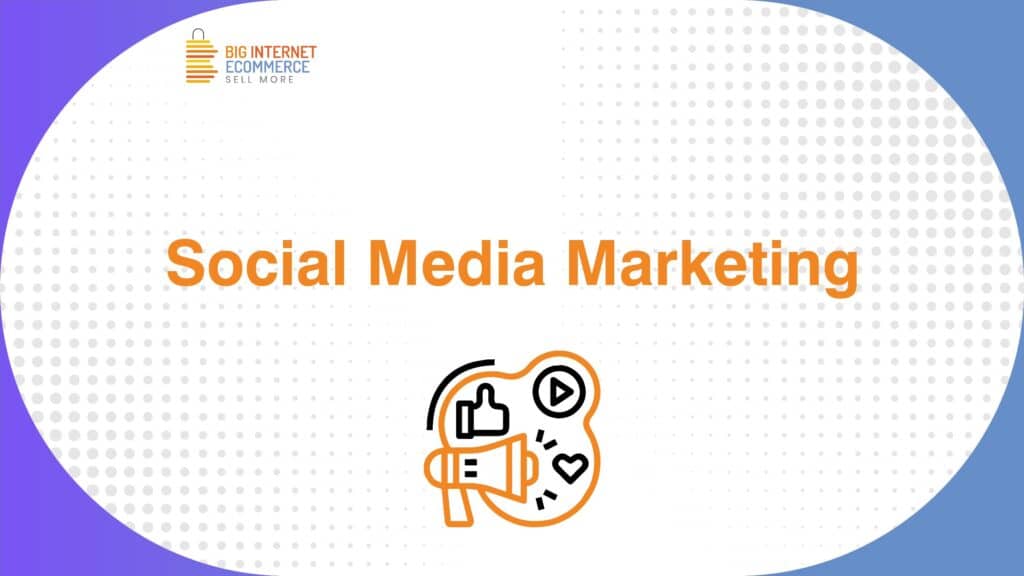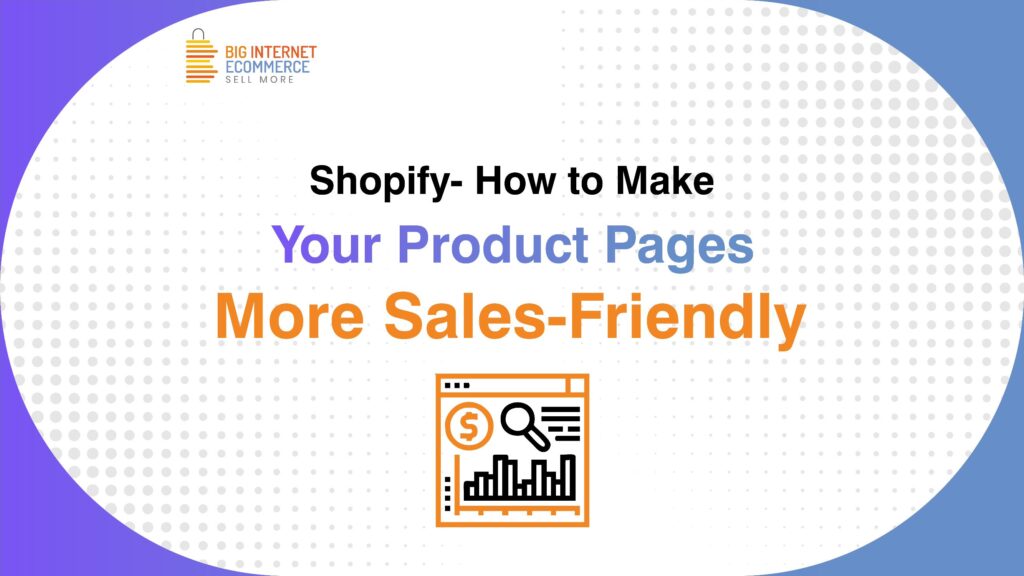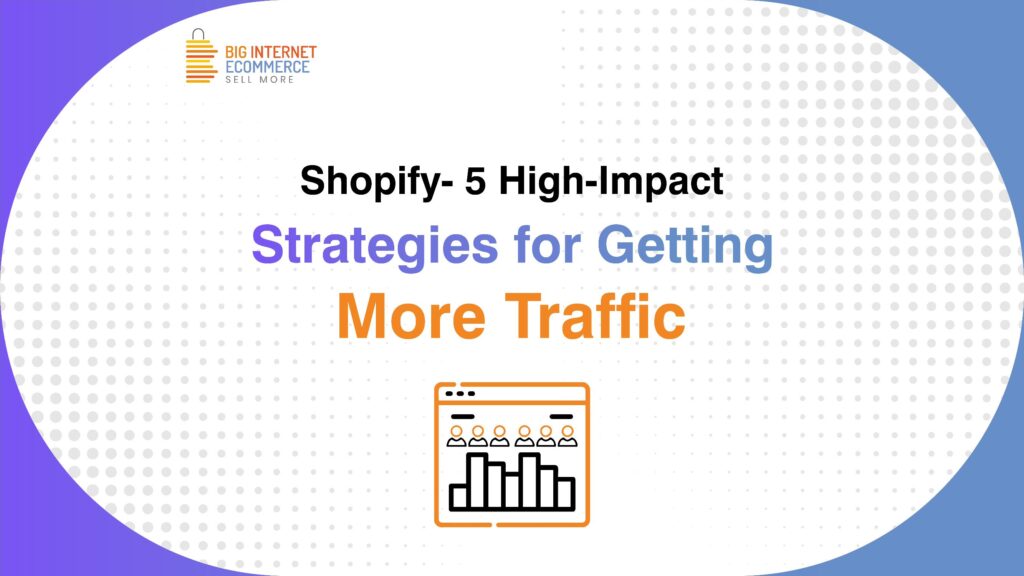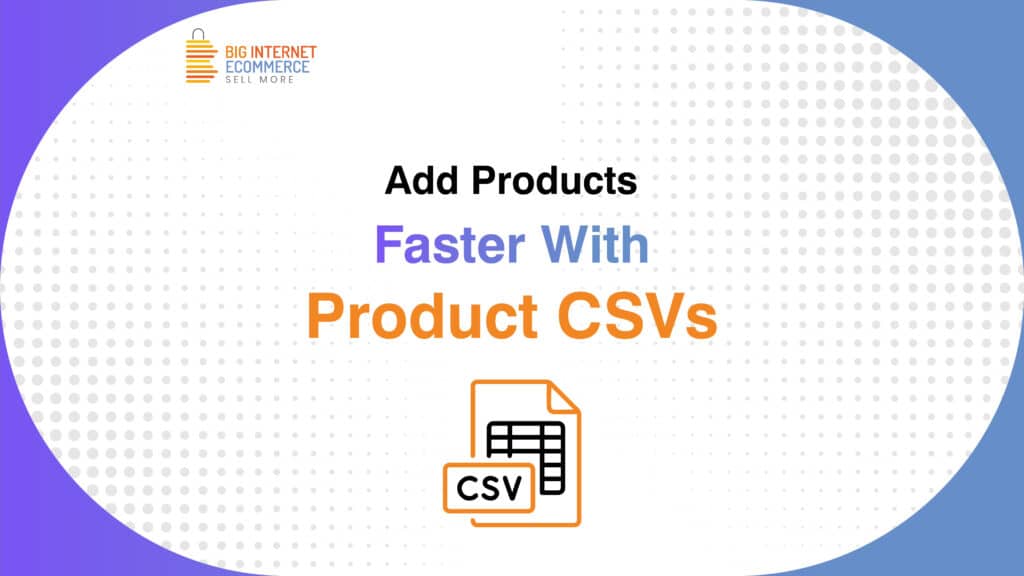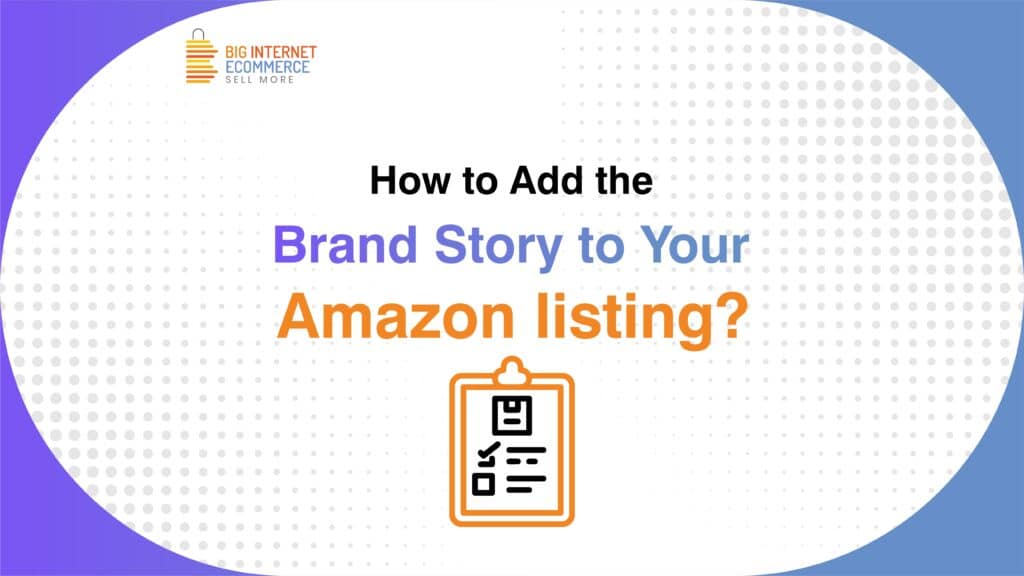Search Engine Optimization- Big
SEO- the “It” factor Image by STATUS LABS (https://statuslabs.com/defining-seo-best-practices/) You might look at the heading and wonder what the “it” factor really is. Well, the “it” factor is a quality that makes someone or something special. In this case, that quality, or rather the process, is your SEO, and that special something is your website’s pages. In short, SEO makes your website special. In what way you ask? SEO or search engine optimization is the process of fine-tuning a website to increase visibility on the search engine results page of Google or any other search engine when people search for products or services related to a business or brand. This will in turn improve the quality and quantity of website traffic as well as exposure to your company or brand. (https://moz.com/beginners-guide-to-seo/why-search-engine-marketing-is-necessary) The best part is that it is absolutely free. Well, not exactly free as you do have to put in the time and effort. The traffic a website gets through SEO is called organic search traffic or unpaid traffic because you literally don’t have to pay for ads in order for people to find and reach your website. The search engine algorithm senses a user’s intent and makes the website pop up if it is relevant to the user’s search terms. With perfect optimization, you can be sure that a website comes up with the first few results on the search engine results page. That essentially means “score” for you. Congratulations. You’ve hacked the algorithm and are now driving traffic to your website for zero monetary investment. Being aware of your audience’s intent like what they search for, what words they use, and the type of content they wish to consume, is only half the battle won. The idea is to ensure this knowledge is transcribed in a way that search engine crawlers can find and comprehend. Now that is the winning ticket. A closer look Image by WordStream (https://www.wordstream.com/blog/ws/2020/09/09/google-ranking-factors) Search engines like Google’s main goal is to provide users with relevant and trustworthy results for a query. In order to do this, the search engine goes through various ranking factors to come to a conclusion about how a search result looks for a particular question or query. (https://statuslabs.com/defining-seo-best-practices/) The most important ranking factors that search engines look for are: Relevance: How much to the point a webpage or website is to the user’s query is a considerable ranking factor. Site Speed: The speed at which your website loads is important because no one has time to wait for a website that takes countless hours to come up and spill its contents. Mobile friendliness: A formatted website ensures that the website performs well on all mobile devices. This is very important when people are on the go and can seriously put people off if your website is not user-friendly. Backlinks: The quality and quantity of backlinks your website receives is a key determinant of ranking. Engagement: Click-through rates, time spent on the website, and bounce rates also determine a website’s overall ranking. Content: How well the content on a webpage tackles the searcher’s query is a major ranking factor. Take a look at this video that captures important ranking factors. https://www.youtube.com/watch?v=mN5Dmst6p0M- 9 Google Ranking Factors How do search engines do this? Image by LinkedIn (https://www.linkedin.com/pulse/10-simple-tips-improve-your-crawl-rate-indexing-rohit-vedantwar?trk=read_related_article-card_title) Search engines do this in three ways: Crawling: Spiders, web crawlers, or virtual creepy crawlies as I like to call them, are bots that search engines use to scour the internet in search of code and content for each URL they get their fangs on. Indexing: The storing and organizing of this captured content is called indexing. Once indexed, it is ready to be displayed as a result to relevant queries in the SERP. Ranking: Ensuring you provide content that is relevant to a searcher’s query allows the search engines to furbish the index for content which is then ordered by relevance and served up to the searcher. This ordering is known as ranking. Higher the relevancy means that the search engines decide that a particular page is the better answer to a searcher’s question and shows the page higher up in the SERP. Here’s a video that better explains crawling, indexing, and ranking. https://www.youtube.com/watch?v=K5qOuoj_dwA- Crawling, Indexing, and Ranking We know you want in, but how? From the sound of it, who wouldn’t want in? Like it was said before, If you want your website optimized, you have to be willing to put in the time and effort. The algorithms we spoke about earlier consider thousands of ranking factors to establish the rankings of their SERPs. There are, however, three fundamental metrics that search engines gauge to find out the quality of a website and how it should rank on the search engine results page. (https://www.optimizely.com/optimization-glossary/search-engine-optimization/#:~:text=How%20SEO%20works,the%20rankings%20of%20their%20SERPs.) Let’s take a peek at these. Links: Backlinks from websites with authoritative domains are considered a good thing because a high-quality website owner will only link to other high-quality websites. The link is then seen as a vouch for quality. If your website gathers links from a bunch of other websites, it garners authority. In simple terms. Respect. Content: Keywords are key. A big part of SEO is creating unique content that involves weaving in keywords that search engine users are searching for. These search engines inspect the content of a webpage to determine its relevance for any search query. (https://docs.google.com/document/d/1Q81tdvanpp_-H5oKhDSg8v8U7IYTJSSZCMzg-_J8Xgg/edit) Page Structure: Webpages are written in HTML code and the structure of these codes influences the search engines’ potential to assess a particular webpage. Having relevant keywords in the URL, title, and headers of a webpage makes sure the site is crawlable and helps with the SEO of a website. Take a look at this video that establishes the foundation of good SEO. https://www.youtube.com/watch?v=VxUe9zut2zY- How to start with good SEO- Mozlow hierarchy of needs Complete optimization will ensure a website is ranked higher in the SERP. Being ranked or placed number one on the SERP means that you will receive 40 to 60 percent of the
Search Engine Optimization- Big Read More »

